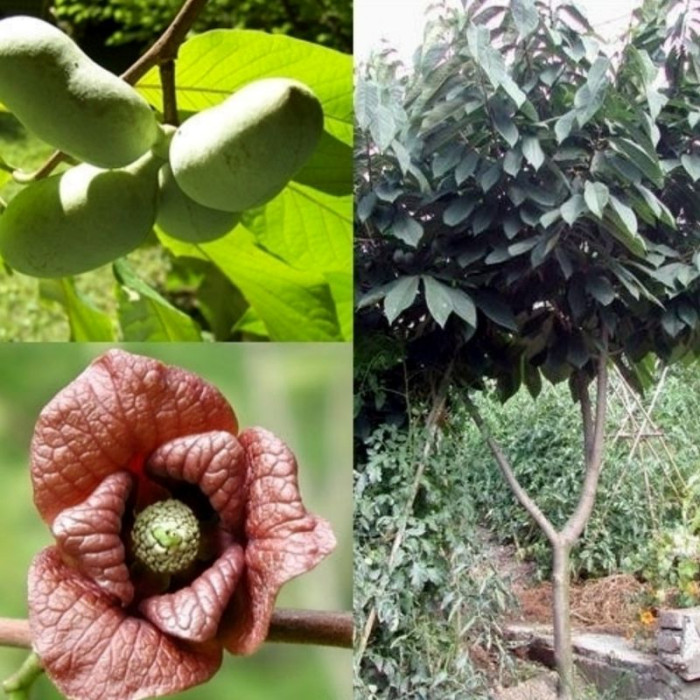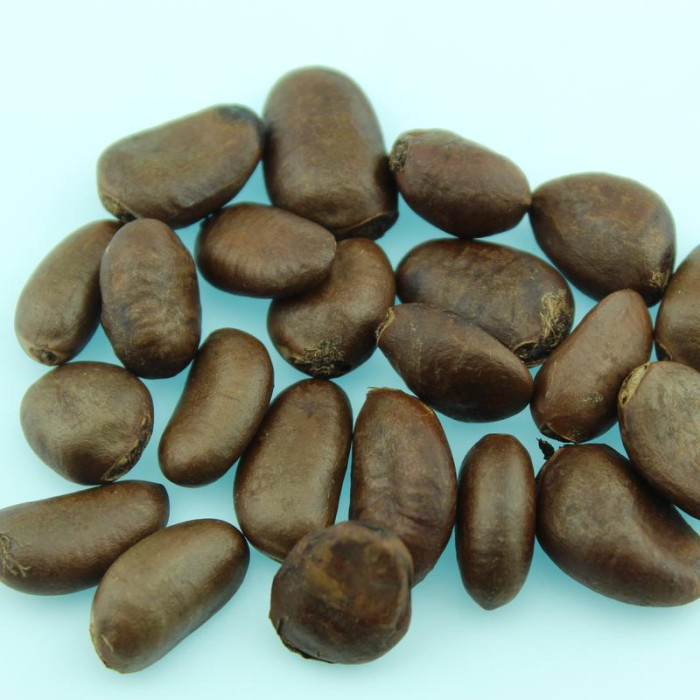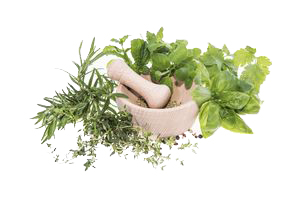Pawpaw or paw paw, or paw-paw / Asimina triloba
Deciduous tree or shrub up to 15 m high, usually 4-5 m. Shoots densely pubescent when young; yearlings - naked, olive-brown, shiny; biennial - gray, with noticeable lenticels.
Buds brown-red, woolly. Leaves oblong-ovate, 12–30 cm long, 4.5–12 cm wide, shortly pointed at apex, gradually tapering towards the petiole, entire, leathery, with frequent translucent dotted glandules, dense green, reddish-brown below when young pubescent, later very bare, light or gray-green. Petioles 0.8-1.2 cm long. In mid-autumn, they turn yellow and fall off, new leaves appear in late spring, when the plant has already faded.
The flowers are usually solitary, brown-purple, up to 4.5 cm in diameter, appear in the axils of the leaves of previous years, on a shaggy pubescent pedicel 1-3 cm long; 3 sepals, ovate, acute, pale green and pubescent on the outside; petals of 6, broadly ovate, obtusely pointed, dark purple or wine red, with mesh veins, early flowering, outer recurved, inner erect. Each flower contains several pistils, which explains the ability of one flower to form several fruits. The flowers are bisexual, but cross-pollinated.
Fruits 5-16 cm long, 3-7 cm wide, weigh from 20 to 500 grams, 2-8 fruits on one axis, usually oblong, cylindrical or rounded, usually somewhat crooked, angular. Seeds are brown, 2-2.5 cm long, 10-12 in each fruit, arranged in two rows. The skin of the fruit is thin, translucent, but easily peeled off.
The color changes from green to lemon yellow as it ripens, and after the first frost it becomes brown or black. The flesh of the ripe pawpaw fruit is soft, whitish-yellow or orange-yellow, with a sweet taste and a pleasant pineapple-strawberry aroma. It is rich in fructose and sucrose, as well as trace elements. The taste of ripe pawpaw is a bit like banana and mango.
Flowering in April - May, lasts about three weeks. Fruiting in September - October, the fruits ripen within 4 weeks.
The main advantage of the plant is the fruits for which it is grown. Their taste is unusual, reminiscent of bananas, and the pulp of the fruit has a strong and very pleasant aroma.
Pawpaw is propagated by seeds, they need stratification, since the plant comes from subtropical and temperate zones. Seeds must be placed in loose fertile soil in separate seedling cups, which are added dropwise to elevated areas of the garden to a shallow depth.
During the winter, make sure that water does not stagnate in the cups. In April-May, some seeds will begin to germinate, after which they must be planted in a permanent place.
It is advisable to use the soil under pawpaw with wood humus (forest litter is suitable).
It can be planted both in partial shade and in sunny areas. During the spring, it is necessary to monitor the soil moisture, preventing it from drying out. Shoots appear from May to August. In the first year, plants can not be fed, only watered as needed.
The growth per season is from 10 to 30 cm, in October their seedlings turn yellow and the leaves fall off, after which the trees go into a dormant state. In spring, in April-May, sap flow begins, buds open at the tops. At this time, fertilizing with nitroammophos is carried out (about 20 grams per bucket of water. At the end of summer, they are fertilized with ash or universal fertilizers. Simultaneously with the blooming of buds on overwintered plants, seeds that did not sprout last year can sprout. In the second year, pawpaw growths average from 10 up to 30 cm.
Trees in the shade develop worse than in the sun, and they will have to be replanted, to which they can react painfully and stop their growth for 1-2 years.
In the fourth year, pawpaw should begin to form lateral branches. An interesting feature of pawpaw is that her skeletal branches are formed strictly in one plane, i.e. are a classic palmette.
Over the years, it is necessary to increase the number of top dressings and doses of fertilizers, because. pawpaw is responsive to top dressing, especially nitrogen-phosphorus fertilizers. pawpaw, is practically not damaged by anything, because. very disease resistant.

No questions about this product, be the first and ask your question.












